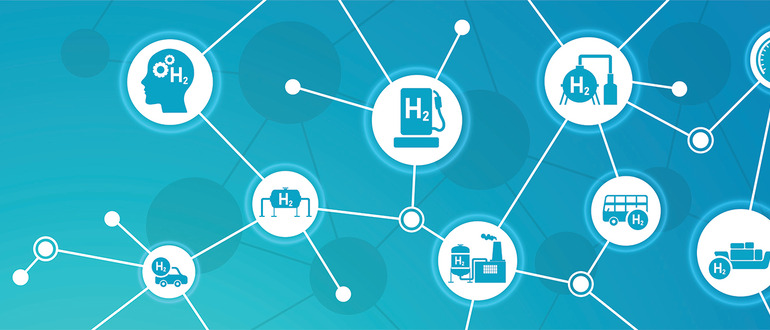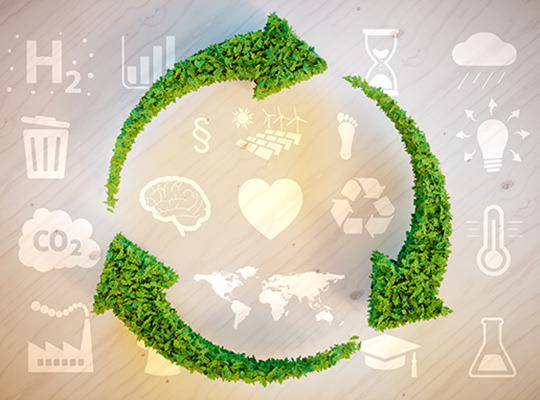Future combustion with hydrogen

In 2020, UK Prime Minister Boris Johnson announced a 10-point plan to provide a route map to net zero carbon by 2050. The second of these 10 points was to ‘drive the growth of low carbon hydrogen’ as an alternative to using fossil fuels for heating.
- Blog
- End customer - Investor
The potential value of hydrogen was further ‘fuelled’ at the COP26 conference in November 2021, as part of a range of measures to reduce carbon emissions. To the end, the UK government intends to create 5GW of low carbon hydrogen production capacity by 2030. There are also supporting measures, including a £240m Net Zero Hydrogen Fund, with plans to attract additional private sector investment.
When hydrogen burns it combines with oxygen to form water, and so avoids the various emissions associated with burning fossil fuels. The challenge is to ensure that the hydrogen is produced without emissions and the energy industry talks broadly in terms of green hydrogen and blue hydrogen (though in fact there is a whole spectrum of colours applied to hydrogen, see below).
As the name suggests, green hydrogen is produced without any net CO2 emissions by using renewable electricity to split water into hydrogen and oxygen. This is clearly the best option but would add to the pressure already being put on renewable electricity capacity by the rapidly growing use of heat pumps and electric cars.
Blue hydrogen is produced by bringing natural gas and steam together to release both hydrogen and carbon dioxide. This must therefore be used in conjunction with carbon capture and storage if emission of greenhouse gases is to be avoided.
Hydrogen roll-out?

Summary
The hydrogen colour spectrum
As noted above, there are in fact quite a few colours attributed to hydrogen, depending how it is produced. The following is a summary for reference:
- Green Hydrogen: by electrolysis of water using renewable electricity.
- Blue Hydrogen: produced from natural gas and steam.
- Black and Brown Hydrogen: produced from coal.
- Pink Hydrogen: electrolysis of water using electricity from nuclear energy.
- Yellow Hydrogen: electrolysis using electricity specifically from solar power.
- White Hydrogen: Naturally occurring hydrogen in underground deposits and created by fracking.
Find out more about our hydrogen ready UltraGas 2 Boilers.

